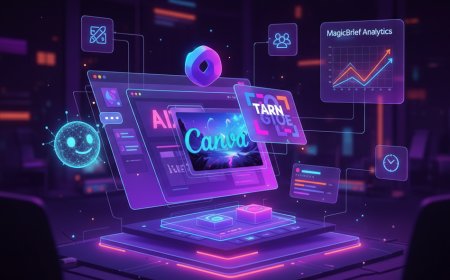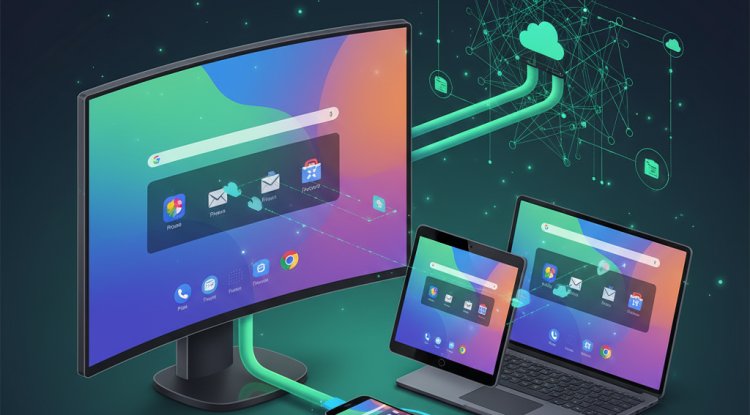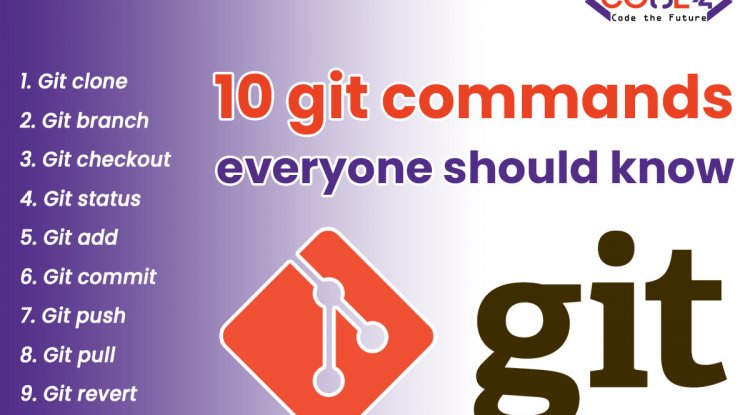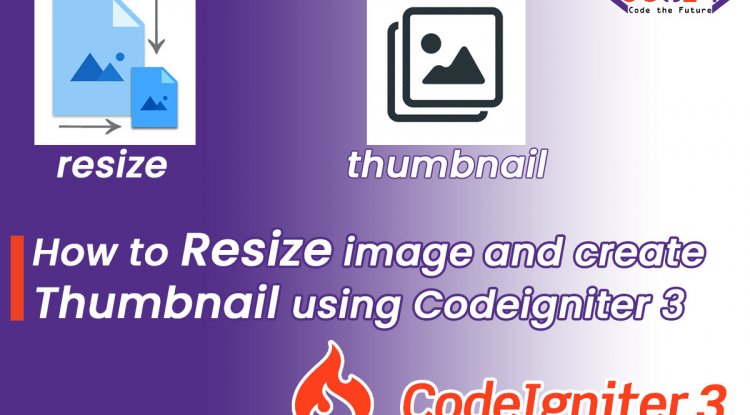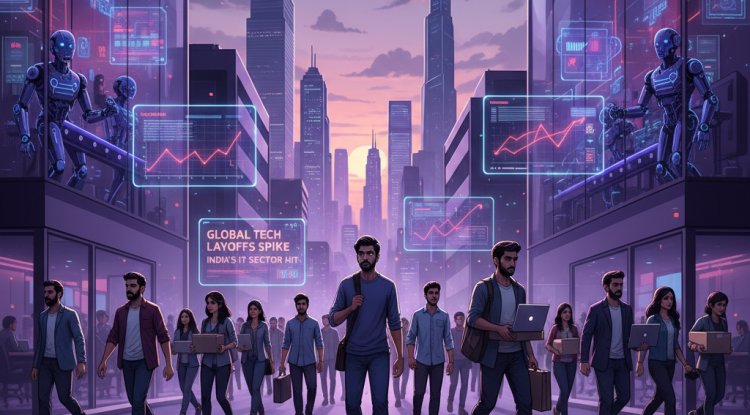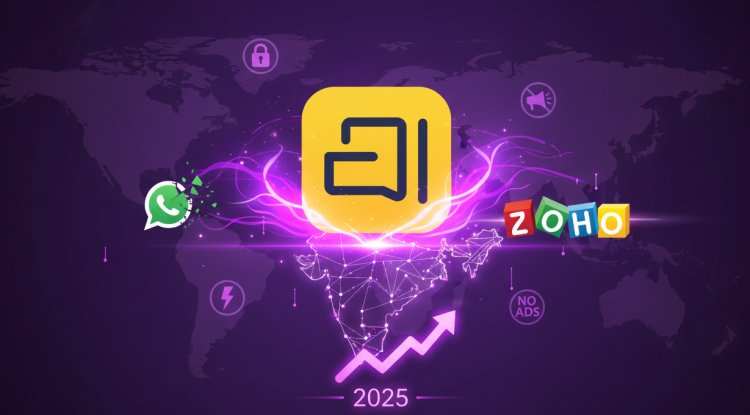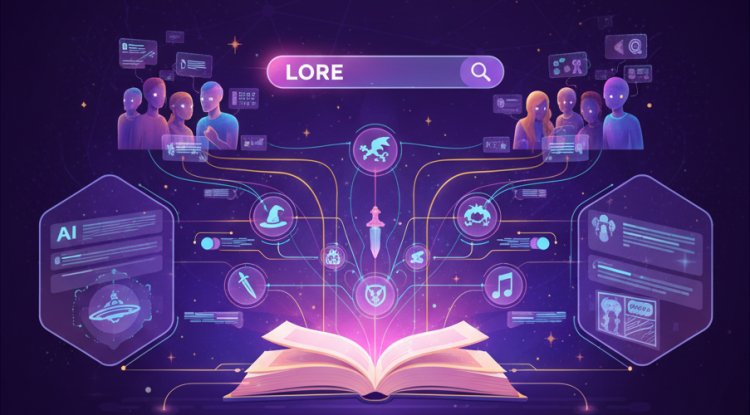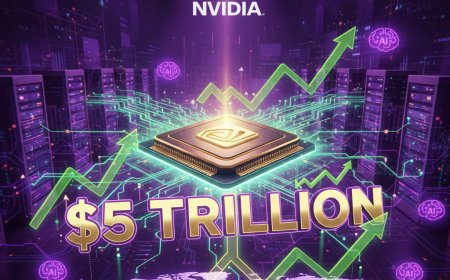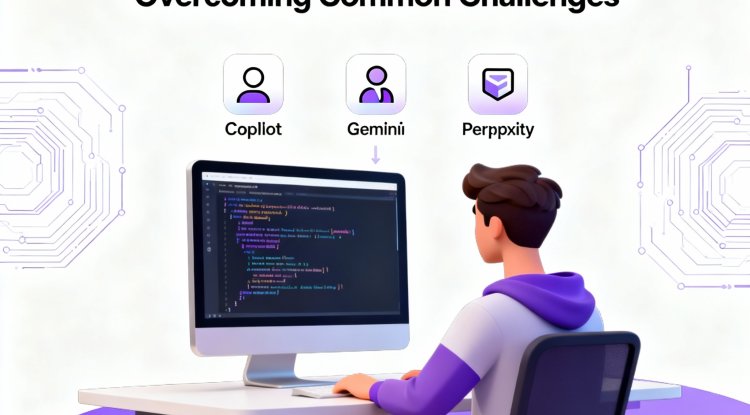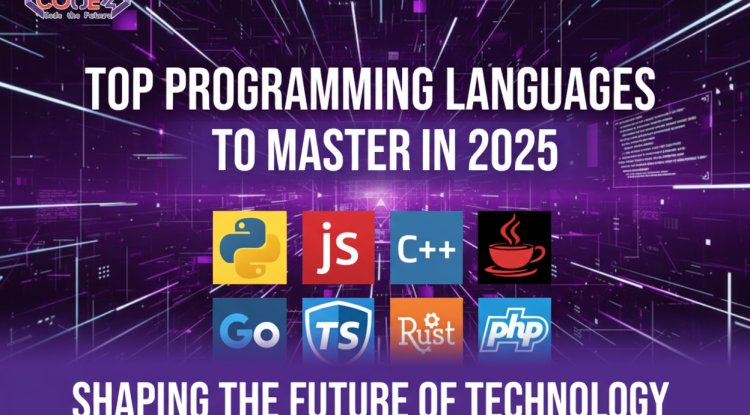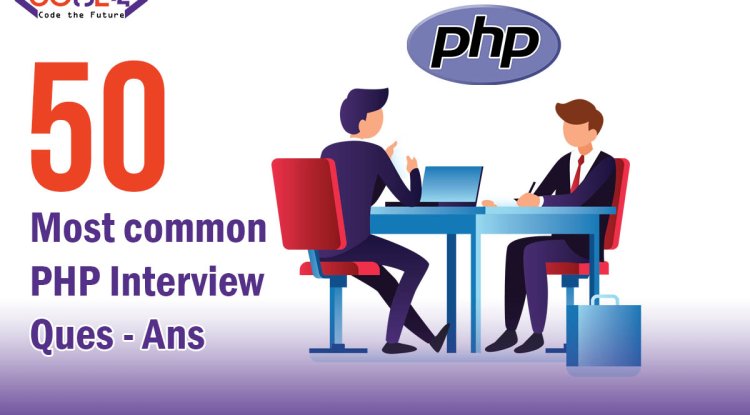Nvidia and Intel’s AI Alliance: Powering a New Era of Smart PCs and Cloud Innovation
Nvidia and Intel have joined forces in a historic partnership to revolutionize AI PCs and cloud AI infrastructure. This blog analyzes why it matters, how hybrid CPU+GPU designs will accelerate edge intelligence, impact for consumers and enterprises, and what it means for AMD, cloud, and autonomous tech.
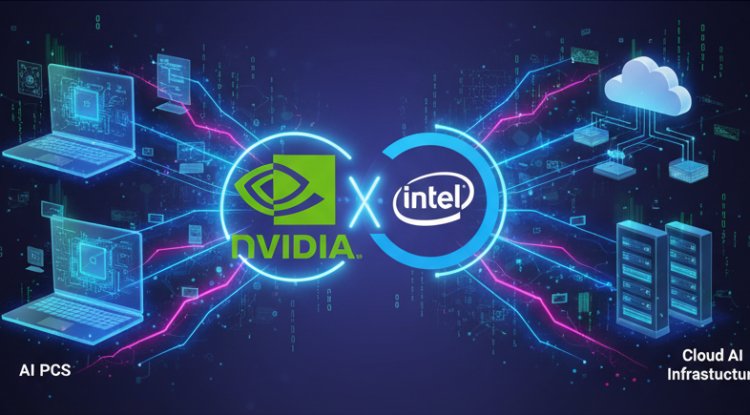
A new technology alliance is reshaping the future of computing: Nvidia and Intel have joined forces to deliver the next generation of AI PCs and cloud AI platforms. This collaboration brings together Nvidia’s leadership in AI and GPU acceleration with Intel’s CPU, manufacturing, and global reach—setting the stage for a smarter, faster, and more connected era of technology.
What’s Behind the Nvidia-Intel AI Alliance?
- Unlike past tech “bailouts” (think Microsoft’s Apple investment in the ‘90s), this is two giants combining strengths: Intel’s dominant x86 CPUs and fabrication capacity pair with Nvidia’s GPU/CUDA leadership for AI acceleration.
- The alliance targets both consumer PCs (hybrid CPU+GPU for real-time AI tasks) and massive cloud AI infrastructure where Intel will build custom CPUs for Nvidia’s AI server platforms.
What Does It Mean for AI PCs?
- Hybrid PC designs will deliver both everyday CPU compute and specialized, parallel AI power (via Nvidia GPU), making features like on-device natural language, gaming intelligence, and privacy-boosting local AI standard on new machines.
- Consumers will benefit from more personalized, proactive, and secure computing—think real-time translation, automatic data organization, and AI-assisted creativity at the edge with minimal cloud lag.
- Nvidia gains wider PC integration, Intel secures a stake in the fast-growing AI end-user market.
Cloud and Edge AI: The Broader Impact
- In the cloud, Intel’s custom x86 chips will be paired with Nvidia AI accelerators (A100, H100) for model training and inference, powering everything from generative AI to cloud robotics and smart city systems.
- AI workloads will be distributed more thoughtfully between devices and cloud, maximizing speed, privacy, and energy efficiency.
Implications for the Industry: AMD & Emerging Rivals
- AMD, already strong in CPUs and growing in GPU, faces its toughest competition yet. The alliance’s tight integration—and sheer volume—will force rivals to invest heavily in AI hardware/software and potentially seek their own strategic partnerships.
- Chinese semiconductor vendors like Huawei (Ascend) must continue rapid R&D to narrow the gap with this new mega-alliance.
Why It Matters for Robotics and Automotive
- Nvidia’s Drive platform (autonomous vehicles) and Jetson (robotics) will be enhanced by Intel’s high-performance CPU muscle, leading to safer, more reliable automation.
- Hybrid AI—dynamic edge and cloud—becomes critical in factories, smart vehicles, and autonomous systems.
The Bottom Line: Shaping the AI Decade
- This isn’t just a chip deal. It’s a blueprint for intelligence everywhere: from your laptop and phone to smart cities, robots, and self-driving cars. Intel and Nvidia together can make AI seamless, secure, and accessible—ushering in the “AI PC” era for work, play, and next-generation industry.
This landmark partnership promises not just faster computers, but smarter living—where AI is everywhere, and innovation depends on the best of both silicon and software ecosystems.
Source: TechNewsWorld, October 3, 2025
What's Your Reaction?
 Like
0
Like
0
 Dislike
0
Dislike
0
 Love
0
Love
0
 Funny
0
Funny
0
 Angry
0
Angry
0
 Sad
0
Sad
0
 Wow
0
Wow
0





